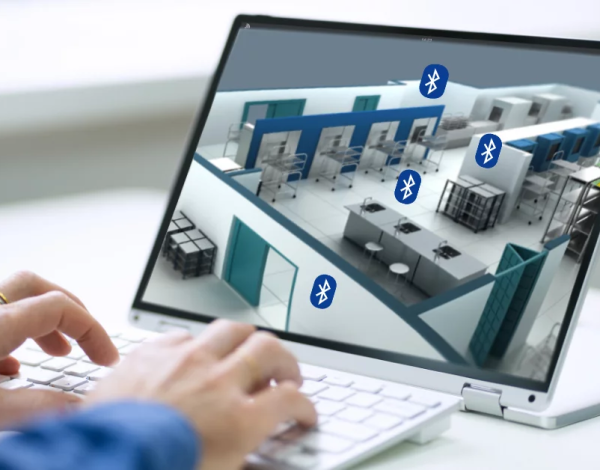
The key steps to plan a medical equipment geolocation project
-
by RIOH
- 0 Comments
The geolocation of medical equipment is a crucial tool for hospitals and healthcare establishments. It helps track assets and optimize maintenance processes. If you are considering setting up a geolocation system for medical equipment, here are the key steps to follow to plan your project.
1. Define needs
The first step in planning a medical equipment geolocation project is to define the needs of your establishment. What do you want to accomplish with your geolocation system? What are your staff’s main safety and maintenance concerns? What medical equipment do you want to track? By answering these questions, you will be able to define clear objectives for your project.
2. Evaluate technology options
There are different geolocation technologies available in the market, such as radio frequency geolocation (RFID), Bluetooth Low Energy (BLE), Wi-Fi, etc. It is important to evaluate the different options to determine which will best suit your needs and your budget. Currently on the market, there are solutions that require the installation of a closed network dedicated solely to geolocation. Also, it is possible to do geolocation with your current Wi-Fi network depending on your provider. This Wi-Fi/Bluetooth network, not dedicated to geolocation, can greatly reduce the costs of your geolocation project.
3. Set up a deployment plan
Once you’ve decided on the geolocation technology, it’s time to put a deployment plan in place. This plan should include steps to install and configure the geolocation system, necessary user training, and processes to handle updates and errors. It is important to consider security aspects to avoid unauthorized access.
4. Set up a monitoring and reporting system
A geolocation system is useless if it is not used effectively. It is therefore important to set up a monitoring and reporting system to track data in real time.
In short, the geolocation of medical equipment is a crucial tool for healthcare establishments by allowing the tracking of assets, the optimization of maintenance processes and the guarantee of patient safety.
To learn more about our geolocation solutions, do not hesitate to Contact us here !




